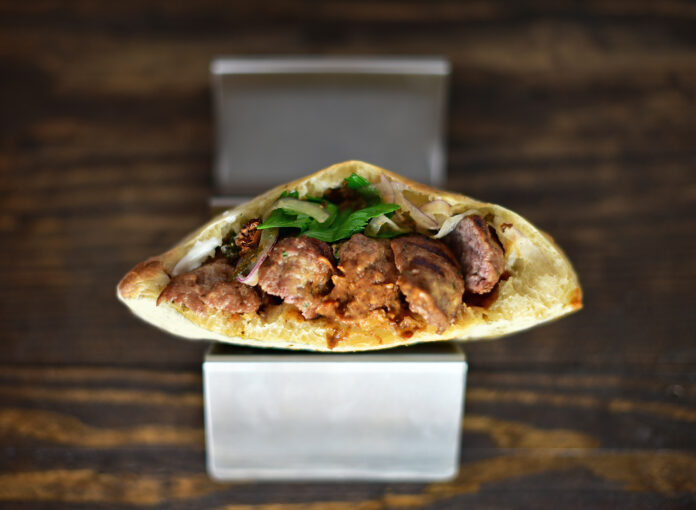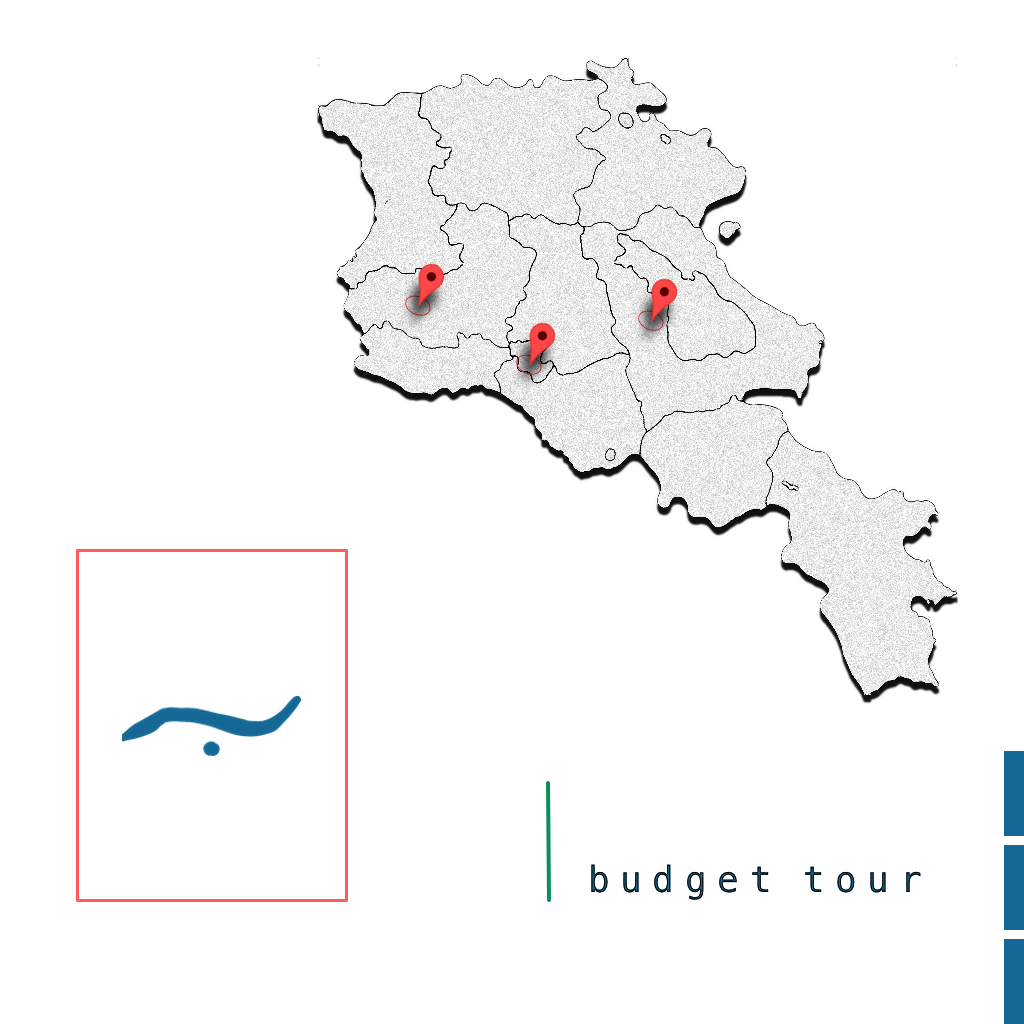Nestled in the heart of the Balkans, Bosnia and Herzegovina offers a cuisine that is both historical and deeply personal. These dishes carry Ottoman, Austro‑Hungarian and local Slavic influences—served at markets, family tables and modern kitchens.
Ćevapi (Grilled Minced‑Meat Sausages)
Small grilled sausages made from minced beef, lamb, or a mix, served in a soft flatbread (lepina or somun) with chopped onions and a creamy dairy spread called kajmak. Ćevapi are a staple of street food and family dining, their roots tracing back to Ottoman‑era kebab traditions adapted across the Balkans.
Where to try: Traditional ćevapi houses in Sarajevo’s old bazaar, as well as eateries in Travnik, Banja Luka and Mostar.
Burek & Pita (Flaky Pastry & Fillings)
In Bosnia, “burek” traditionally refers to the meat‑filled pastry. Other fillings—such as cheese, potato or spinach—are called by different names (sirnica, krompiruša, zeljanica). The pastries are made from very thin filo dough and baked until crisp. Burek is commonly found in bakeries and enjoyed as breakfast or a snack.
Where to try: Local bakeries and specialized burek shops in Sarajevo and towns across the country.
Bosanski Lonac (Bosnian Pot/Stew)
A slow‑cooked stew layered with large chunks of meat (beef or lamb) and seasonal vegetables—cabbage, potatoes, carrots and tomatoes—traditionally made in a clay pot (lonac). Its slow technique and humble ingredients reflect rural, home‑style cooking that yields deep, comforting flavors.
Where to try: Home‑style restaurants (aščinicas) and traditional eateries across Bosnia.
Begova Čorba (Bey’s Soup)
A creamy, hearty soup typically made with chicken, okra and vegetables, thickened with a roux and often brightened with lemon and garlic. The dish points to Ottoman aristocratic influences—”bey” refers to a title used during Ottoman rule.
Where to try: More formal Bosnian restaurants, especially in Sarajevo.
Desserts & Sweet Treats
Sweet specialties include tufahije (walnut‑stuffed poached apples), hurmašice (small semolina syrup cakes) and regional variants of baklava. These desserts are traditionally enjoyed slowly after a meal or with Bosnian coffee.
Where to try: Cafes and dessert shops in Sarajevo’s old bazaar and in cities such as Mostar.
Chefs & Culinary Advocates
Several contemporary chefs and advocates have championed Bosnian cuisine, promoting traditional recipes and modern interpretations. They work locally and internationally to preserve food heritage and to adapt traditional techniques for today’s tables.
Why These Dishes Matter
- Cultural hybridization: Ottoman, Austro‑Hungarian and Slavic layers appear in taste and technique.
- Community & tradition: Many dishes were created to feed families or entire communities and remain social food experiences.
- Local identity: Regional variations reflect strong local pride.
- Travel appeal: Eating these dishes is a way to experience place and history.
Practical Tips for Food‑Lovers
Ask locals where they eat. Sample the same dish in different towns to taste regional differences. Savor the meal slowly—Bosnian food rewards time and conversation.



